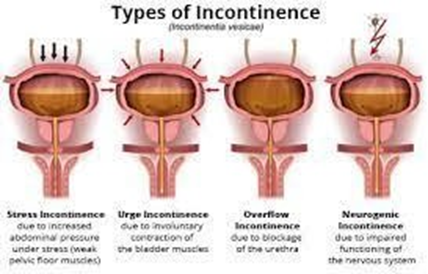While reading a physician's progress notes a student notes that an assigned client is having hypoxia. What abnormal assessments would the student expect to find?
Diarrhea, flatulence, decreased turgor
Dyspnea, tachycardia, cyanosis
Hypotension, edema, erythema
Chest pain, dry skin, petechiae
The Correct Answer is B
A. Diarrhea, flatulence, and decreased turgor are not typically associated with hypoxia.
B. Hypoxia manifests with dyspnea (difficulty breathing), tachycardia (increased heart rate), and cyanosis (bluish discoloration of the skin).
C. Hypotension, edema, and erythema are not primary signs of hypoxia.
D. Chest pain, dry skin, and petechiae are not specific to hypoxia.
Nursing Test Bank
Naxlex Comprehensive Predictor Exams
Related Questions
Correct Answer is D
Explanation
A. Apple juice is a clear liquid and is suitable for a clear liquid diet.
B. Chicken broth is a clear liquid and is suitable for a clear liquid diet.
C. Jell-O (gelatin) is a clear liquid and is suitable for a clear liquid diet.
D. Chocolate milk is not a clear liquid; it contains solids and is not appropriate for a clear liquid diet.
Correct Answer is D
Explanation
A. Functional incontinence is when a person has the physical ability to control urination but may be impeded by factors such as cognitive or mobility issues.
B. Overflow incontinence is characterized by the inability to empty the bladder fully, leading to constant dribbling or leakage.
C. Stress incontinence is the involuntary loss of urine during activities that increase intra-abdominal pressure, such as coughing or sneezing.
D. Urge incontinence is the involuntary loss of urine associated with a sudden, strong desire to void.

Whether you are a student looking to ace your exams or a practicing nurse seeking to enhance your expertise , our nursing education contents will empower you with the confidence and competence to make a difference in the lives of patients and become a respected leader in the healthcare field.
Visit Naxlex, invest in your future and unlock endless possibilities with our unparalleled nursing education contents today
Report Wrong Answer on the Current Question
Do you disagree with the answer? If yes, what is your expected answer? Explain.
Kindly be descriptive with the issue you are facing.
